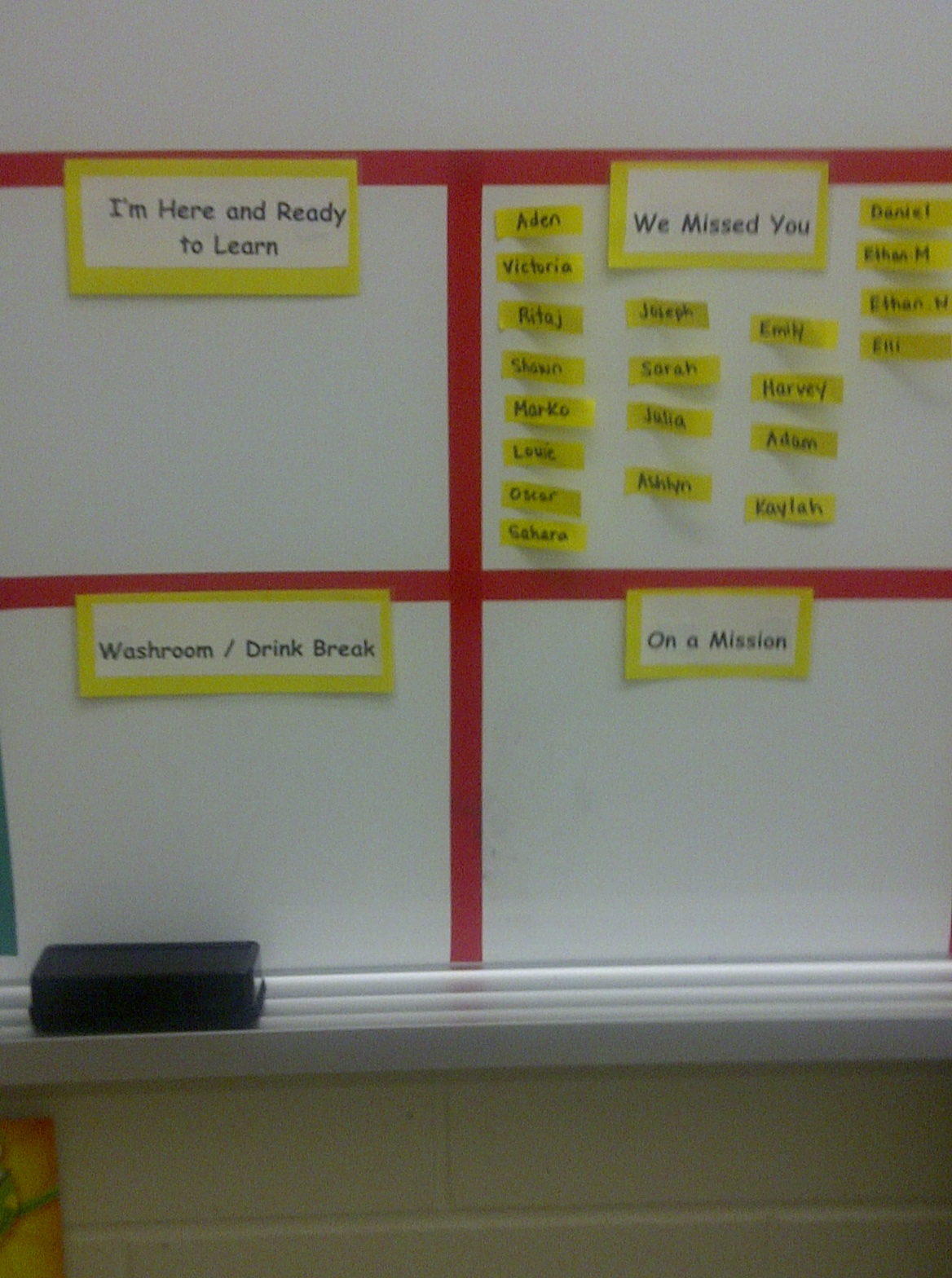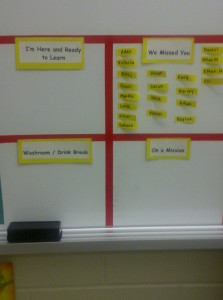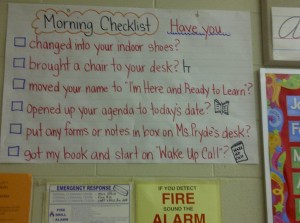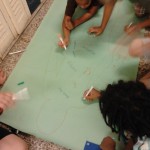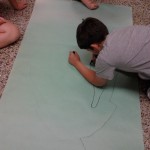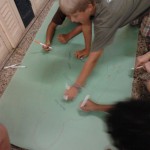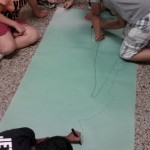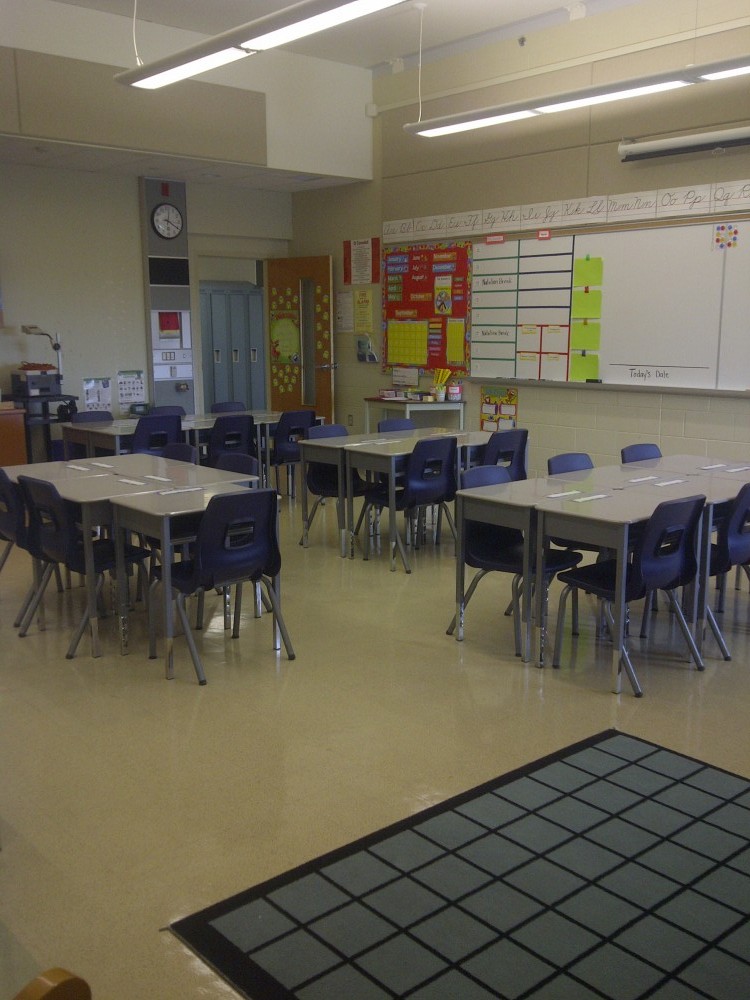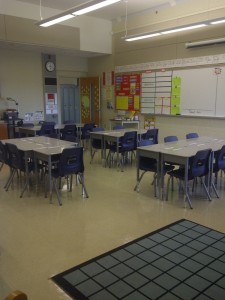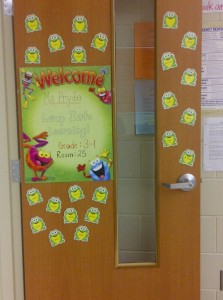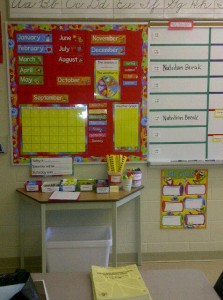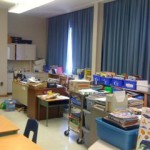I’m always looking for different ways of forming groups either for teams in games or for class projects/presentations. I like to make sure that not everyone is always working together with their friends. In a book called Energizers and Other Great Cooperative Activities for All Ages (Quest Books, 1991) I hit the jackpot. I know it’s an old book but good ideas are good ideas. I found these to be a great alternative to “Choose Your Own Partner” or randomly drawing names on popsicle sticks, etc. Not only did these provide a nice break or “energizer”, they were so entertaining that people forgot to complain about their groups!
Line ‘Em Up
Have the class line up in a single line according to the following criteria:
- by age
- by length of hair
- by the time they get up in the morning
- by how long they’ve lived in the community
Once in a line, you can then simply count off depending on the number of students you need in a group (ex 5).
Group Puzzlers
- Select a picture from a magazine for each group you need (ex. If you need 5 groups, you then need 5 different pictures). Cut each picture into the same number of pieces as group members needed and mix all the pieces together in a container.
- Students each draw a piece from the container and must then find others with pieces of the same picture. When they find each other, they must then put their pictures back together again.
- *Make sure to select pictures that are distinct from one another.
Stone Soup
- Fill a pot with groups of common items-the same number and kind of objects as the number of members needed in each group. You could use small rocks, jacks, marbles, squares of fabric, paper clips, paper umbrellas for drinks, etc.
- Have each student draw an item from the pot. Holding up their selections, they mingle and find their fellow group members who have also chosen the same object.


